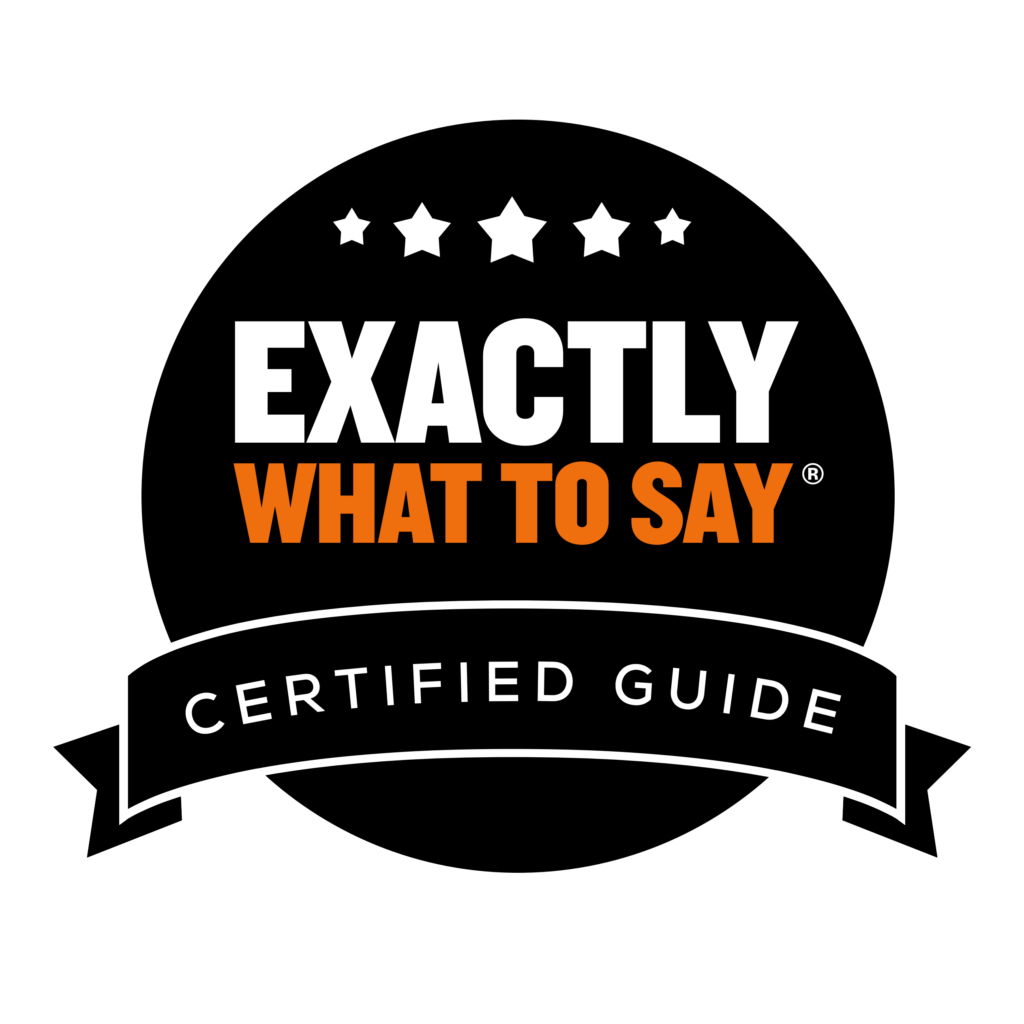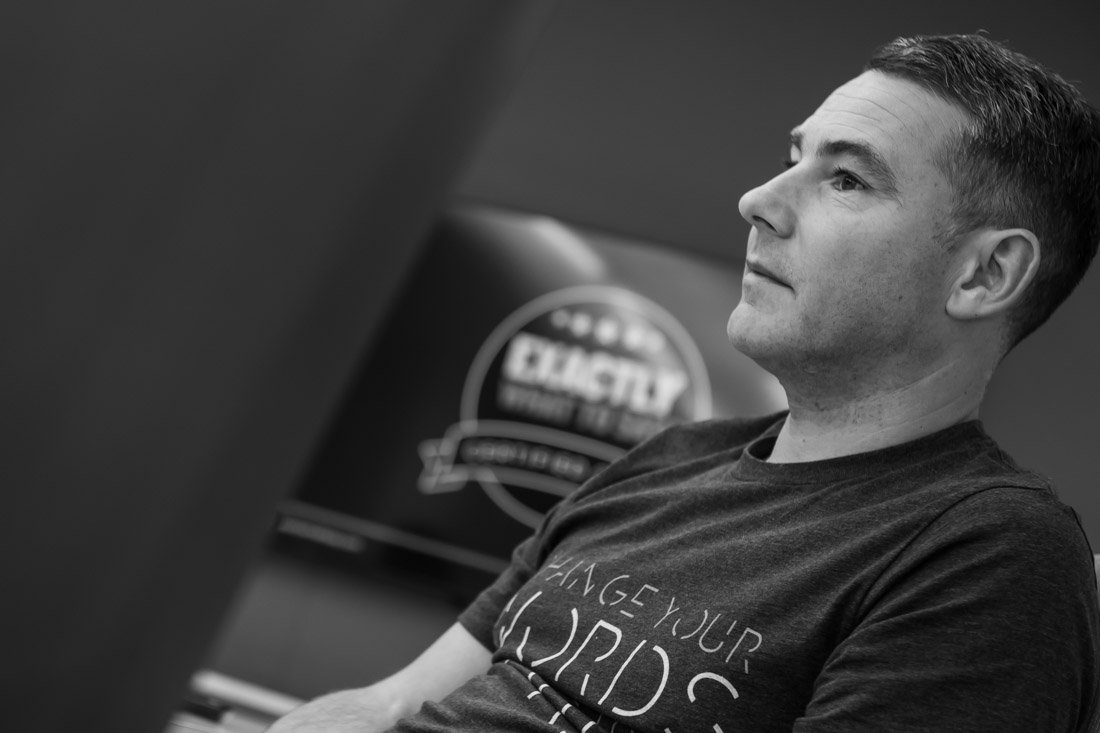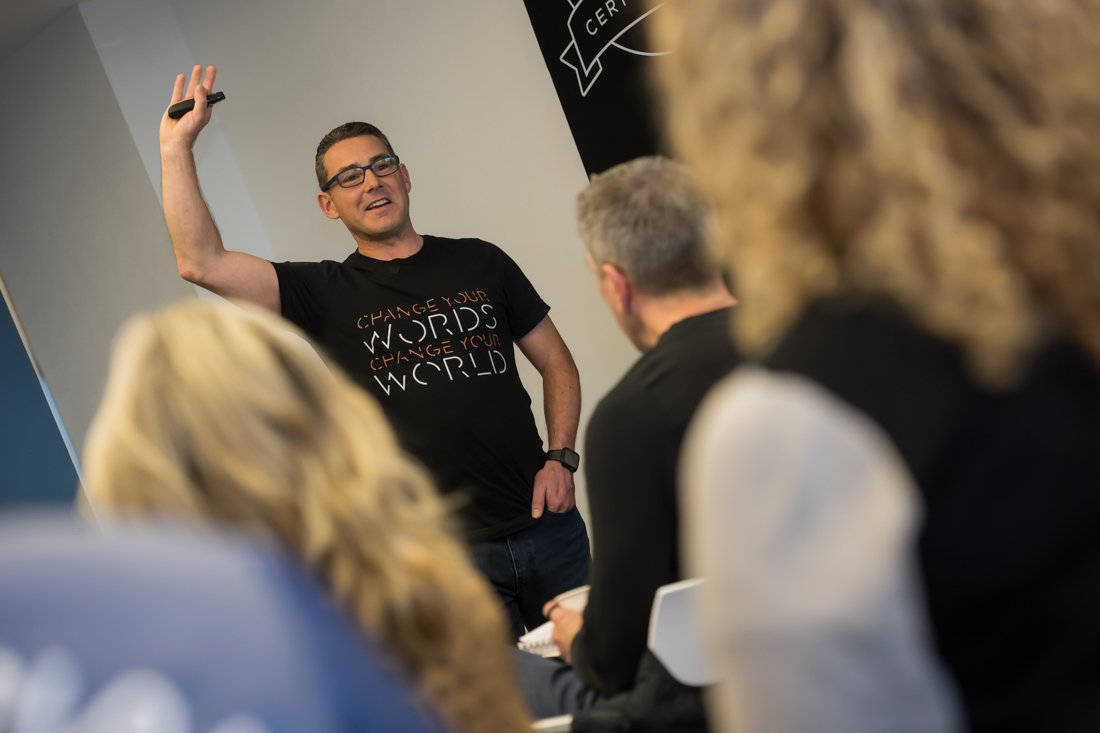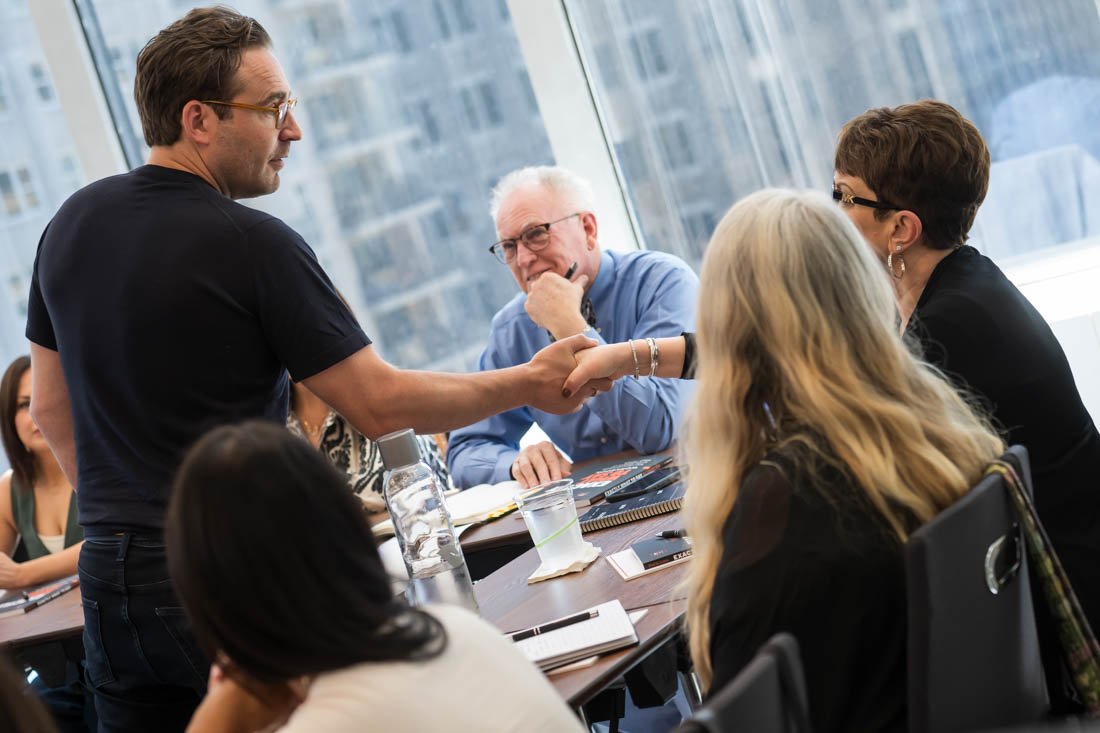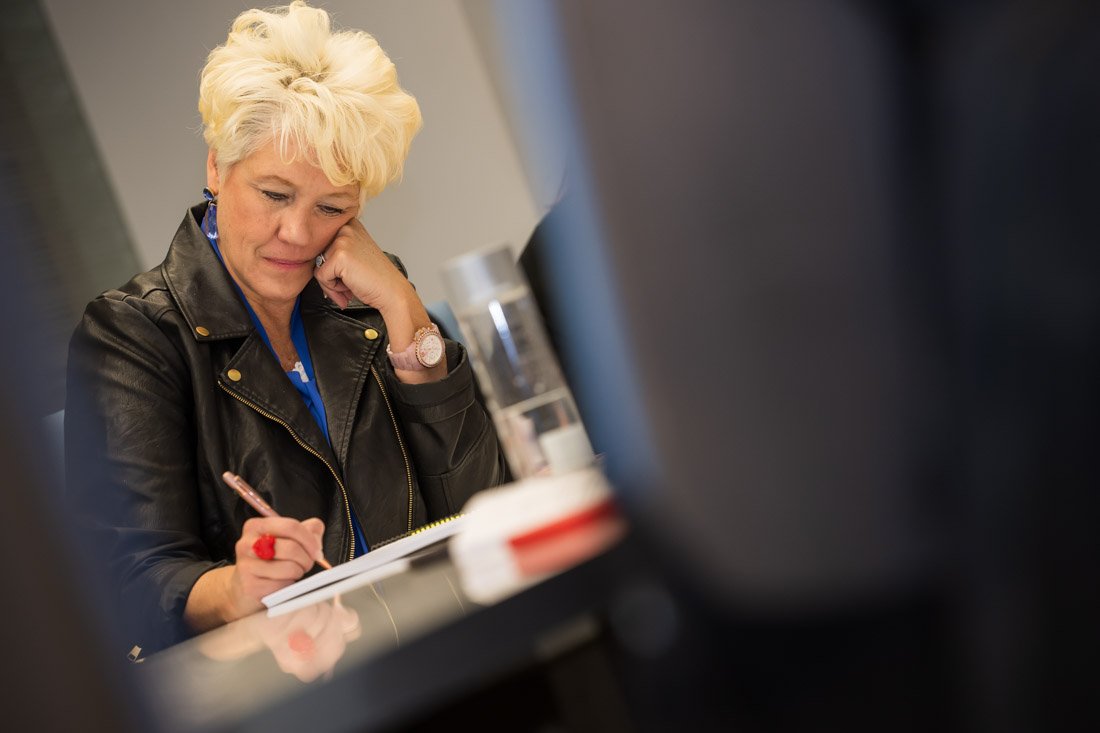In my experience working with successful businesses, organizations, and high-performing individuals, I’ve noticed that there are generally two types of people: those who demonstrate a growth mindset and those who demonstrate a fixed mindset.
Roughly defined, the growth mindset characterizes people who are constantly learning, improving, and looking for ways to gain a greater edge on their approach to life and business. They have deeply internalized that there is always something to improve and really mean it when they say that they are not perfect. Their attitude towards growth sees deficits as opportunities, which fosters a deep humility and comfort with not knowing everything. Because of the acceptance that there is always something left to learn, there is a deep sense of peace that ensues.
By contrast, the fixed mindset characterizes a resistance to growth and change. Whether or not they mean to, fixed mindset people are stuck in the past. They cling to how things used to be done, to what made them successful before, even if it’s no longer working. One might say a fixed mindset defines himself by the past and not the future. Unfortunately, fixed-mindset individuals often remain stagnant while the world changes around them. Because they can sense that change on some level, they develop a deep fear of not knowing everything. They see things shifting, but their lack of knowledge or adaptability creates fear rather than a sense of opportunity and growth.
The consequences of a fixed mindset can be severe. Businesses stagnate, underperform, and fail to adapt to societal and technological changes. Consider how much technology has changed our world in the past few years, and the rate of change is only accelerating. A fixed mindset simply does not keep up with today’s rapidly evolving world.
On the other hand, those who choose a growth mindset embrace change. They look at the landscape as it is and will be, rather than wishing it were different. They think strategically: “If this has changed, how do I adapt?” This perspective allows them to succeed in business, finances, personal life, health—whatever the area of focus. Change becomes a positive force, an opportunity rather than a threat.
One of the most heartbreaking aspects of a fixed mindset is that it creates a disempowered existence. People in this mindset often don’t understand the reasons for their challenges. They may see a lack of results in their business but fail to question why. Instead of pushing through the discomfort of change, they remain in their comfort zone—even if it no longer serves them. It is often easier to sit in what we know, even when it doesn’t work, than to endure the discomfort required for meaningful change.
When facing change, we have three options:
1. Stay the Same
We can hope that conditions improve or return to how they used to be. We can avoid acknowledging change and only adapt when absolutely forced to, failing to live up to our full potential and realize our dreams in the process.
2. Give Up
We can abandon our goals entirely. In business, this might mean closing up shop. In health, it could mean resigning to unhealthy habits. This option seems drastic, but if we refuse to change even when it’s necessary, we risk giving up on ourselves.
3. Adopt a Growth Mindset
We accept what is as quickly as we can, assess any circumstances for what we can control, grow into, or learn. We take empowered action, measure results, adjust when necessary, and stay open to the concept that our initial ideas or efforts may fail. We see failure as feedback on what does and doesn’t work. This is the choice I hope you’ll make.
Here are three straightforward ways to exercise a growth mindset:
The 1% Rule
Identify a small increment for growth each day. Look at what hasn’t worked, do your best to understand why, and make small, intentional improvements.
Look to Models
Find people who are achieving what you want and learn from them. This could be individuals or groups. The learning method might be reading, direct observation, or interview. Observe methods, mindset, philosophy, process, and strategies.
Use Measurements and KPIs
Track progress with numbers and data. Remember, numbers are not personal—they are simply feedback. There is no meaning to a number that we don’t give it. Use numbers as a basis for curiosity and analysis rather than judgement or condemnation.
So, which path will you choose? How might you use this to lead or coach others?
Here’s a simple plan to get started:
1
Identify a change that would most benefit your results in business, health, finance, communication, or relationships.
2
Find a role model or resource who has already figured it out. Model how they think and what they do.
3
Determine what’s required to make that change—what would you need to learn or do differently?
4
Create a micro-learning plan—just a few bullet points of what you will learn and implement. Stay very simple. Complexity could very easily become the enemy of implementation!
5
Take action. Learning is unactualized if not put into practice. Remember that making a new mindset choice is indeed an action.
6
Observe results, adjust as needed, and continue improving.
A life rooted in a growth mindset is about seeing everything as feedback. Did your action work? Great—do more of it. Did it not work? No problem—adjust and act again. By repeating this process daily, you put yourself on the path to continuous improvement.
I’d love to hear from you! If you already have a growth mindset strategy, drop it in the comments below—I’m always looking to learn from others. By contrast, if you’ve noticed areas where you’ve been stuck in a fixed mindset, consider what commitment you could make today to alter the trajectory of the rest of your life.


